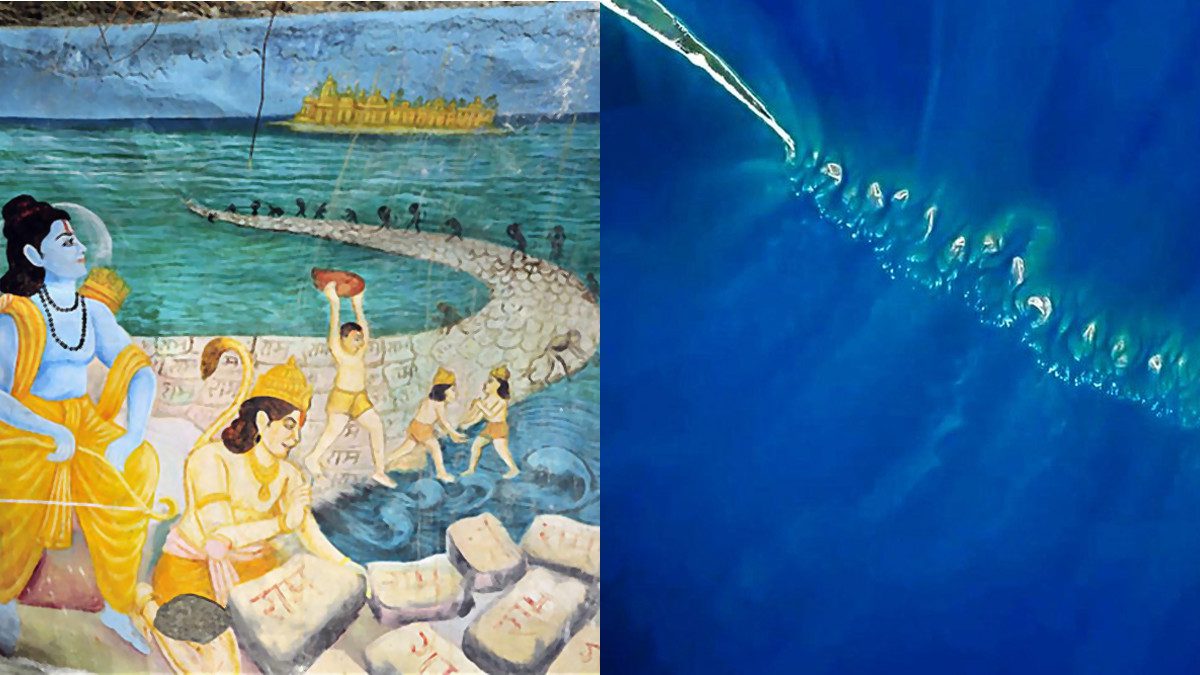Ramayana along with Mahabharata is considered among the greatest epics in Hinduism. For many Indians, it is their cultural and religious heritage, while for some it is a true account of history.
Ram Setu is the bridge mentioned in Ramayana, which was constructed by the Vanara Sena (Apeman army) to help their army reach Lanka. It is said that two brothers named Nal and Neer were in Lord Ram’s army — and built the pool with their monkey companions in just 5 days.
There is a longstanding debate about the origins of Rama Setu. Some people believe that the structure is a natural formation that was created by sedimentation and other geological processes.
Others, however, claim that the structure is man-made and was built by the ancient Hindu god Rama and his followers as a bridge to Lanka, as described in the Hindu epic Ramayana.
The current day Sri Lanka is the place where many believe the antagonist of Lord Ram — Ravan (Ravana) had his golden kingdom.
Ravan is at the center of the epic, as he kidnaps Sita the wife of Lord Rama for which, Lord Rama had to fight a righteous battle and rescue her. This, in essence, stands today as a great example of the victory of truth over evil.
Many skeptics, however, believe that Ramayana and Mahabharata are mythology and do not narrate historical events. Considering that both the narrations have supernatural elements, gods, Rakshasa (demons), ape-men, and flying vehicles (Pushpak Viman), it’s all but natural for some to not believe them as true accounts of history.
Moreover, one of the key pieces of evidence for the proponents of the ‘Ramayana is a historical event’ argument is ‘Ram Setu’.
While many of the places mentioned in Ramayana still exist (not conclusive that they are the same place mentioned in Ramayana), they naturally are devoid of many relics from the era. Archaeological evidence itself is not sufficient.
With so many varying predictions for dates when believers presume the events of Ramayana took place, most dating to thousands of years BCE, it is very difficult to find archaeological evidence that can prove the historicity of Ramayana.
However, Ram Setu is where you can visually see (pic below) a chain of limestone shoals, between Pamban Island, also known as Rameswaram Island, off the south-eastern coast of Tamil Nadu, India, and Mannar Island, off the north-western coast of Sri Lanka.
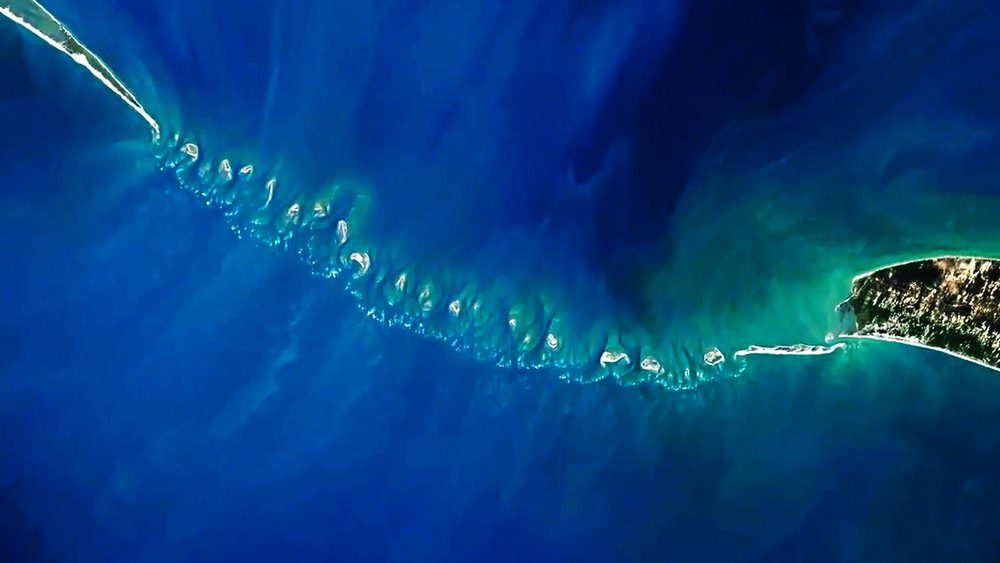
The total length of the bridge is 48 km (30 miles).
The geographical features of Ram Setu
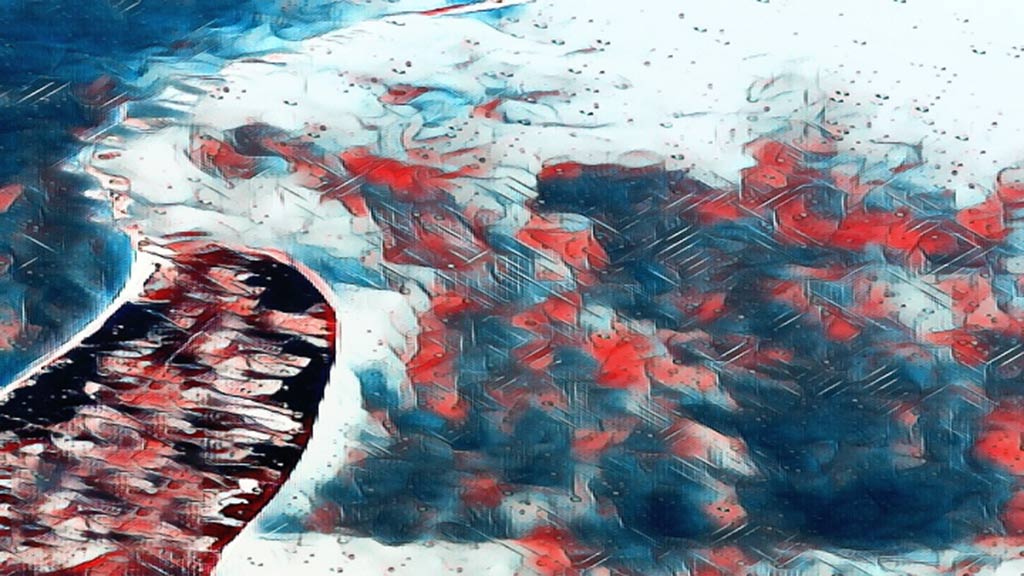
Here are some key physical aspects of Rama Setu
- Limestone Formation: Rama Setu is mainly composed of limestone shoals, which are shallow areas of rock, sand, or coral that are submerged in shallow water.
- Geological Formation: The bridge is believed to have been formed naturally over time due to sedimentation and sand deposition. Some Hindu traditions, however, believe it to be the remains of a bridge built by the Vanara Sena, as mentioned in the Ramayana.
- Length and Width: Rama Setu stretches for about 30 miles (48 kilometers) from the Indian mainland to Sri Lanka. It varies in width, with some sections being narrower and others wider.
- Shallow Depths: The depths of the water surrounding Rama Setu are relatively shallow, making it possible for some parts of the bridge to become visible during low tide. During low tide, some parts of Rama Setu may have water depths of only a few feet (around 1 to 3 feet or 0.3 to 1 meter), which can make certain sections of the bridge partially visible. However, in deeper channels between the limestone shoals, the depth may increase to several meters.
- Sand Dunes and Coral Reefs: Along with limestone formations, Rama Setu is also characterized by sand dunes and coral reefs, which contribute to its overall physical makeup.
- Vegetation: The bridge is not densely vegetated due to its predominantly rocky and sandy composition, but some vegetation may be found in the form of coastal shrubs and plants.
Overall, Rama Setu represents a unique geological formation with significant cultural and religious importance in Hindu tradition, as it is associated with the epic Ramayana and the journey of Lord Rama.
Historical accounts of Ram Setu
To find out the truth and history behind Ram Setu, let’s look at the first historically documented mention of the bridge. It was first mentioned in the ancient Indian Sanskrit epic Ramayana, written by Valmiki. Because of the ambiguity regarding the date when it was written, we proceed to other neutral sources.
For the rest of the world, Ram Setu finds its first documented mention in Ibn Khordadbeh’s Book of Roads and Kingdoms ( 850 CE), in which it is mentioned as ‘Set Bandhai‘ or Bridge of the Sea.
Some early Islamic sources refer to a mountain in Sri Lanka as Adam’s Peak, (where Adam supposedly fell to earth) and described Adam as crossing from Sri Lanka to India via the bridge after his expulsion from the Garden of Eden — leading to the name of Adam’s Bridge.
Al Beruni, an Iranian scholar ( 1030 CE) was probably the first to describe it in such a manner. The earliest map that calls this area by the name Adam’s Bridge was prepared by a British cartographer in 1804.
Theories regarding the history and legacy of Ram Setu
There are several views on the history and legacy of the Ram Setu. One theory says that there was a legitimate land connection between India and Sri Lanka during the Ice Age.
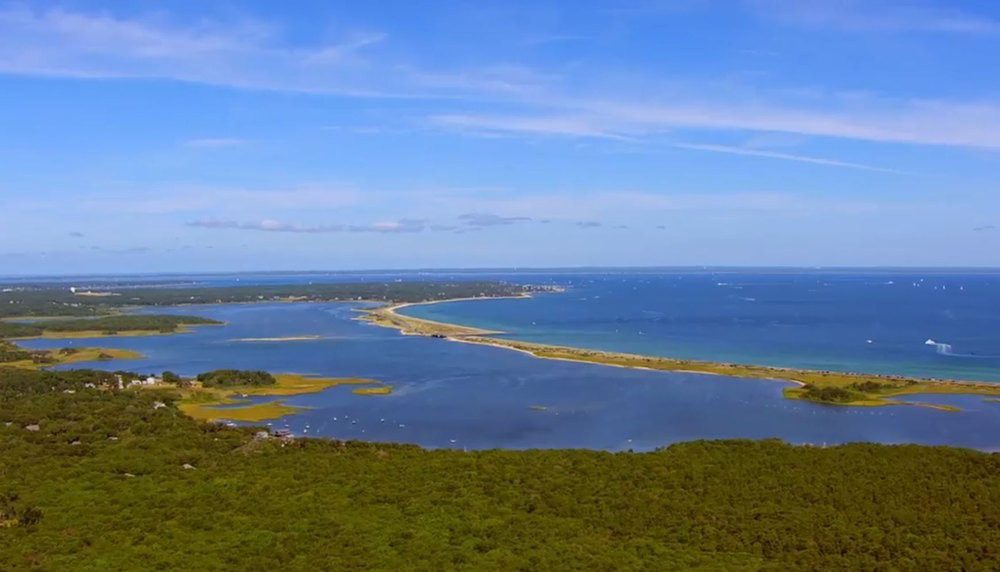
While the other theory says that Sri Lanka was part of the mainland Indian sub-continent, and broke away about 1,25,000 years ago.
The lack of comprehensive field studies has led to many uncertainties regarding the nature and origin of Adam’s Bridge, which mostly consists of a series of parallel ledges of sandstone and conglomerates that are hard at the surface and grow coarse and soft as they descend to sandy banks.
On September 13, 2007, the Archaeological Survey of India (ASI) submitted an affidavit to the Supreme Court of India. The affidavit stated that there was no historical or scientific evidence to establish the existence of Lord Ram and Rama Setu as a man-made bridge.
This report immediately became controversial. What should have been a question of looking at it with a scientific approach and evidence, became a matter of political one-upmanship between the ruling Congress Party and the largest opposition party BJP.
Calling the affidavit “blasphemous and arrogant”, senior BJP leader LK Advani targeted the then Prime Minister Manmohan Singh. Eventually, the affidavit was withdrawn, not because there was some evidence presented to counter it but because it was a political and religious matter.
You may also like: Is Mahabharata real?
The theory that supports Ram Setu is man-made
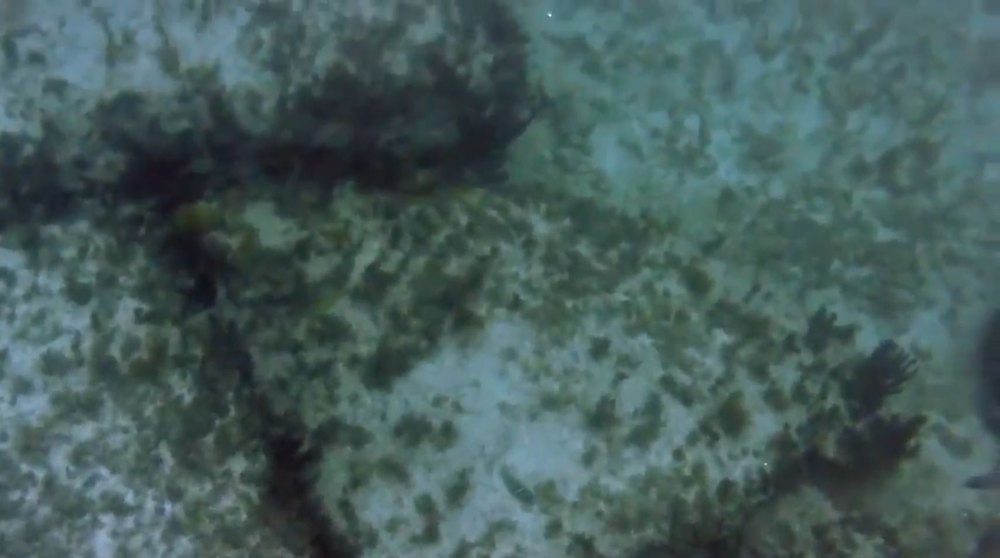
There was a push and renewed interest for those who believed the Ram Setu was part of the historical Ramayana when Science Channel — an American pay television channel that is owned by Discovery, Inc. launched a documentary that supported the theory that the bridge is man-made.
The promo for the documentary features Dr. Alan Lester, a renowned Geologist, who says that “there are Hindu legends that Lord Rama placed a bridge here connecting India to Sri Lanka”.
A significant section of the media in India started circulating this as fresh proof announced by a group of “American scientists” to support the theory that a rock formation within the Palk Bay is actually the bridge that Lord Ram and his army built to reach Sri Lanka as described in the Ramayana.
The political class lapped this up overlooking the fact that the video was only a promo for an upcoming series called ‘What on Earth,’ which seeks to discuss the images of some attention-grabbing surficial structures as captured by satellites.
It was based on its studies found atop the formation and quoting scientists from Indiana University Northwest, University of Colorado Boulder, and Southern Oregon University.
The video shows some unsurprising satellite images of a “chain of submerged objects running between India and Sri Lanka” about “30 miles long”.
Other than the comments from a person who seems to be the anchor, the video also contains some comments from experts. Alan Lester, a lecturer in geological sciences from the University of Colorado, Boulder, talks about the story of Lord Ram placing a sea bridge to reach Sri Lanka.
Then, Erin Argyilan, an associate professor in the geosciences department of Indiana University Northwest talks about the presence of a carbonate shoal – bright, light blue waters in a carbonate environment indicative of shallow waters between India and Sri Lanka.
The third expert, Chelsea Rose, “an adjunct faculty member” from Southern Oregon University, is a historical archaeologist who says that the rocks have been dated to be 7,000 years old and that these are lying over a sand substratum that has been estimated to be 4,000 years old.
Rose also says that the question of how these loose blocks of rock reached their current resting place is a mystery. At which point Lester is shown again saying that the stones have “come from afar”.
The commentator takes over and says, “What makes the image especially intriguing is that the rocks are in an area in the sea mentioned in an ancient Hindu poem that also refers to it as a magic bridge.” This wraps up the promo video.
To ascertain the legitimacy of the findings, the researchers used techniques to date the sand and the stones. An Archaeologist featured in the promo, Chelsea Rose says, “the rocks on top of the sand actually pre-date the sand”. Scientific analysis reveals, claimed the promo, that the rocks are 7,000 years old but the sand is only 4,000 years old.
The documentary dates the construction of Ram Setu sometime 5,000 years ago and also called it a superhuman achievement.
However, it’s not clear from the commentary about the dating methods and their error margins. Most people, some even with scientific backgrounds ignored the fact that this is not how science works.
Unlike a documentary that has to arouse interest to increase viewership for commercial purposes, science works on the principle of falsifiability.
Falsifiability is the idea that for any hypothesis to have confidence, it must be inherently disprovable before it can become accepted as a scientific hypothesis or theory.
So how would you scientifically disapprove of a documentary that claims to propagate science? Simply, submit your findings for peer review with a precise mention of the methods used.
But remember a documentary doesn’t have to do that. It just needs to selectively find ambiguities that will create a huge interest in the minds people. The increase in viewership and creating awareness about your content is good business after all.
Did NASA say that the pictures of Ram Setu taken by its satellite prove Ram Setu was made?
One of the great misconceptions propagated by the documentary and people who claim that a scientific basis of Ram Setu is a man-made bridge is established by pics taken by NASA.
However, The US space agency has clearly said that the pictures taken by its astronauts do not prove the existence or otherwise of a man-made bridge as mentioned in Ramayana.
The US space agency NASA says pictures taken by its astronauts do not prove the existence or otherwise of a manmade Ram Setu bridge as mentioned in the Hindu epic Ramayana.
“I am not aware of any carbon dating either,” said NASA spokesman Michael Braukus, refuting claims by the Bharatiya Janata Party (BJP) that the agency had Adam’s bridge in Palk Strait — known as Ram Setu in India — carbon dated as being 1.7 million years old.
“Some people have taken pictures by our astronauts to make their claim. No position can be taken based on these photographs in any way,” Braukus said when the Sethusamudram canal project controversy started in the year 2007.
However, the proponents of the ‘Ram Setu is man-made’ argument still quote NASA pictures as proof. This claim is very well established to be false with the official statement from NASA.
So where do we stand on whether Ram Setu is real or man-made?
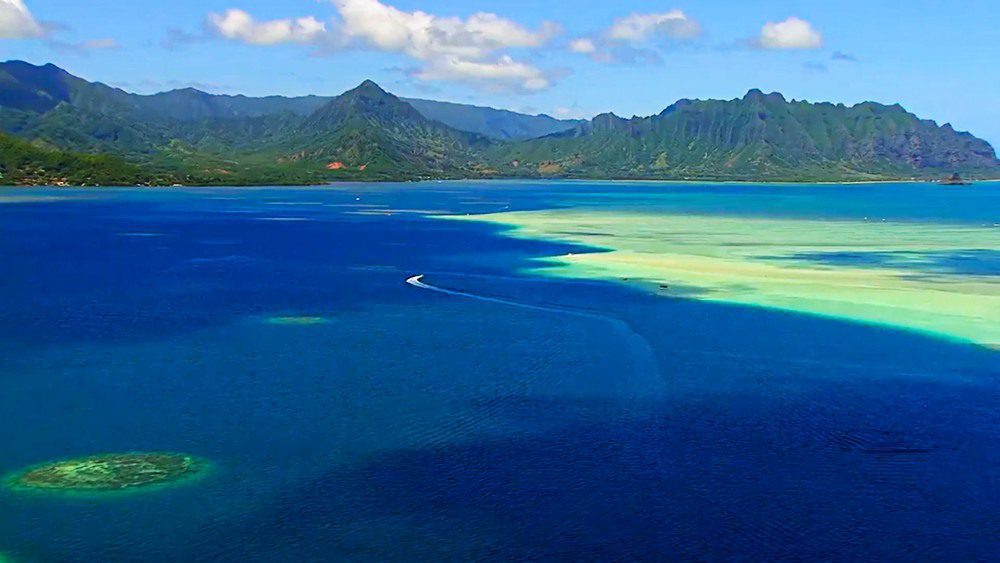
Candidly, the argument that calls the bridge a Ram Setu is based on faith and the great epic of Ramayana. In that sense, it will always remain the quintessential Rama Setu on which Lord Rama himself walked to rescue Goddess Sita.
However, if one claims a scientific basis for the argument, the current findings don’t establish the claim. It was expected when the Hindu nationalist party, the BJP, formed the government in India that there would be more scientific studies undertaken for Ram Setu. But there hasn’t been any progress on that front.
Update: ASI recently approved a project to study the bridge but there haven’t been any findings that are published at the time of updating the article.
Also, given the fact that the current government stands to benefit a lot if some scientific basis is established for Ram Setu, the lack of further study or findings will only corroborate the earlier findings by the ASI, that they simply have no proof of the man-made nature of Ram Setu.
In the end, the true nature and origins of Rama Setu remain a mystery and will likely continue to be a subject of debate and speculation.
